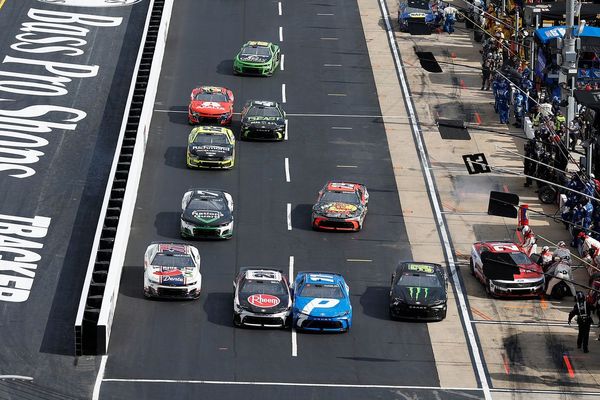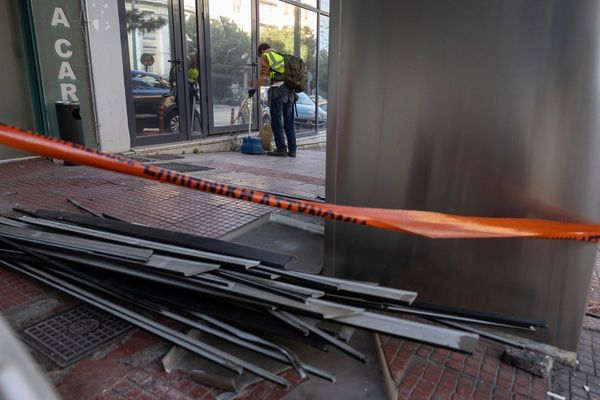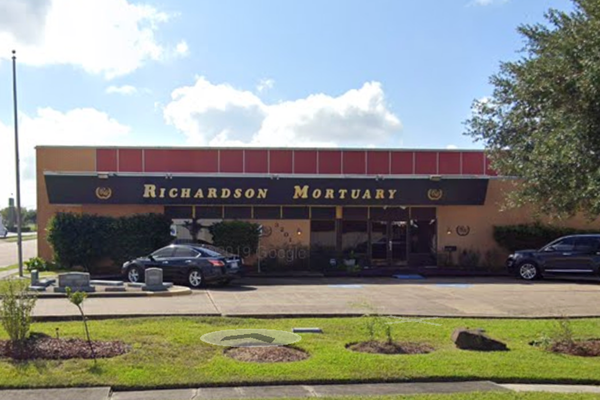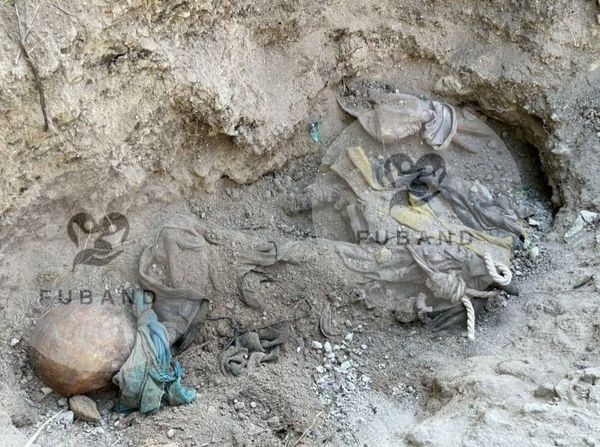
In warm weather, the stink from a waterway just below La Villita Park on the Southwest Side is unbearable for Esmeralda Arroyo.
Arroyo, who lives next to the park, has to close the windows of her family home.
The stench burns her nostrils.
“During the summertime, when it gets hot, it smells really bad. It smells like rotting trash,” Arroyo said in Spanish. “You can smell it especially in the evenings. That’s when you smell it the most.”
The source of the odors is the collateral channel, about a quarter mile stretch of water that connects West 31st Street just east of South Kedzie Avenue to the Chicago Sanitary and Ship Canal.
The channel is not only foul-smelling but also toxic and a threat to human health, community members say.
Government and private studies show cancer-causing chemicals and heavy metals contaminate the channel, which largely has been unused in recent years, though plans for a nearby trash-hauling operation on the canal are under consideration. The water in the channel also emits methane and other gasses.
In the next month, the federal Environmental Protection Agency is expected to make a determination of the threat to the community and who — if anyone — must clean up the water. The agency, asked to make a decision by a Little Village community group in a petition filed almost a year ago, is required under its rules to respond by early February.
In its petition, the Little Village Environmental Justice Organization says the responsible party for cleanup is the Metropolitan Water Reclamation District of Greater Chicago, which treats Chicago-area sewer wastewater and manages stormwater.
The agency created the canal and the channel more than a century ago to reverse the flow of the Chicago River away from Lake Michigan, the city’s source of drinking water.
Kim Wasserman, executive director of the Little Village group, said she and others pleaded with the district for about a decade to clean up the water and felt that they had a commitment to do so.
District officials have been more adamant in recent years that they are not responsible and that’s why the complaint to the EPA was necessary, she said.
“At the end of the day, they are responsible for it,” said Wasserman, pointing to “astronomically high rates of different types of contamination” in the water that poses a threat to the surrounding Latino-majority community.
Neighborhood residents have complained to her of headaches and nausea from the strong smells, she said.
A proposal by garbage hauler LRS to load trash from a large barge operation near where the channel meets the canal raises concerns about stirring up a tar-like sediment, Wasserman said.

The district said it’s assisting the EPA on its investigation of the complaint and that it “bears no responsibility for this pollution,” though it “nevertheless has volunteered its technical assistance.”
It also said it has “encouraged” the U.S. Army Corps of Engineers, involved in other Chicago waterway management, to clean up the channel.
The Corps said such remediation would not be its responsibility as it “does not have a remediation program or authority.”
The EPA’s regional office in Chicago confirmed that it will be making a decision by next month but declined to comment.
The regional office is headed by Debra Shore, a former water reclamation district commissioner who was involved in discussions about the pollution before she moved to the EPA in late 2021.
Little Village is considered an environmental justice neighborhood, which means it has been historically burdened with excess pollution and other social stresses.
LRS, the garbage-hauler that wants to open a trash barge operation, is also awaiting word from the EPA before moving forward with plans.
Saying it recognizes “concerns regarding the contamination,” LRS said in a written statement that it hopes that EPA and others will “address these concerns in a way that is best for both the Little Village community and the environment.”
The city of Chicago hasn’t been identified as a potential responsible party for the cleanup but would have to approve the LRS barge operation.
“The city does have a long-range goal for collateral channel improvements,” said a city spokesman, but “is more immediately focused on the LRS proposal. The channel was identified in a 2006 city report as an opportunity for “ecological improvements.”
Contributing: Anthony Vazquez







